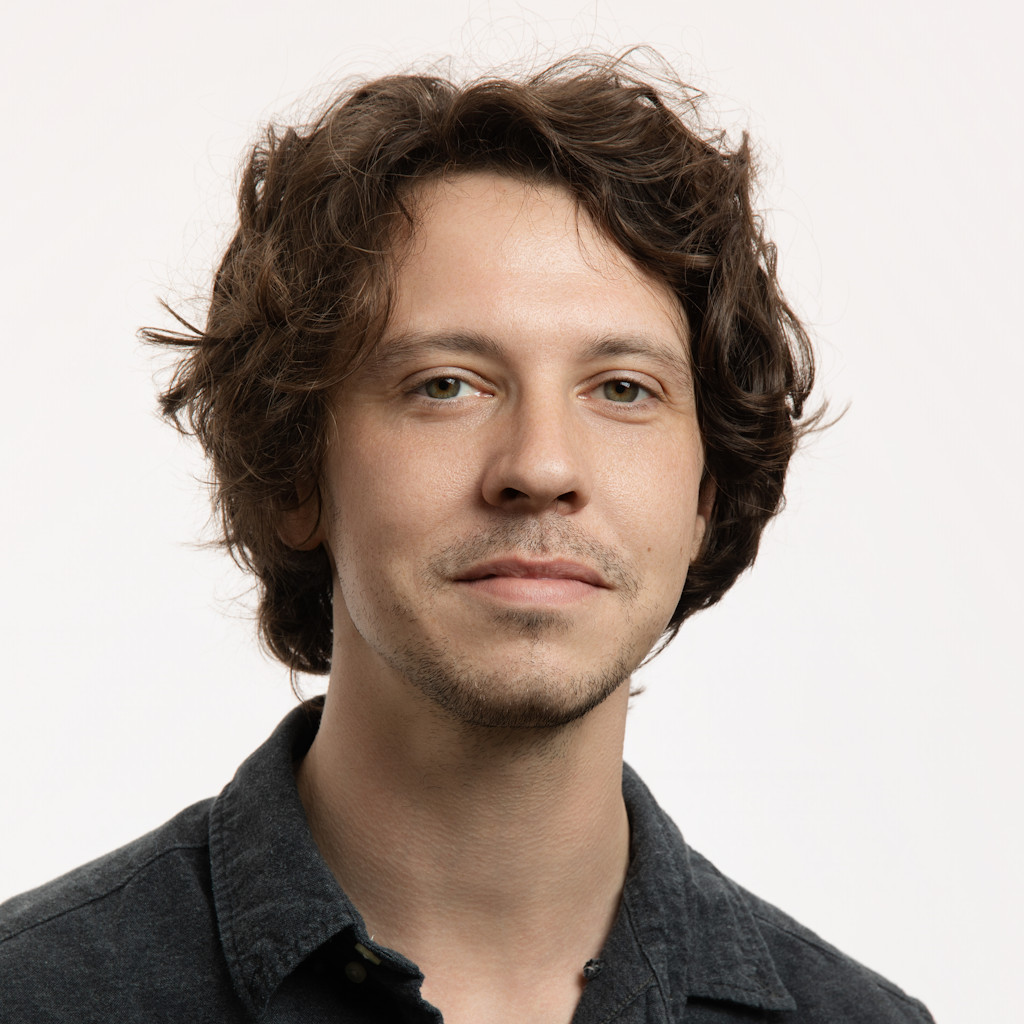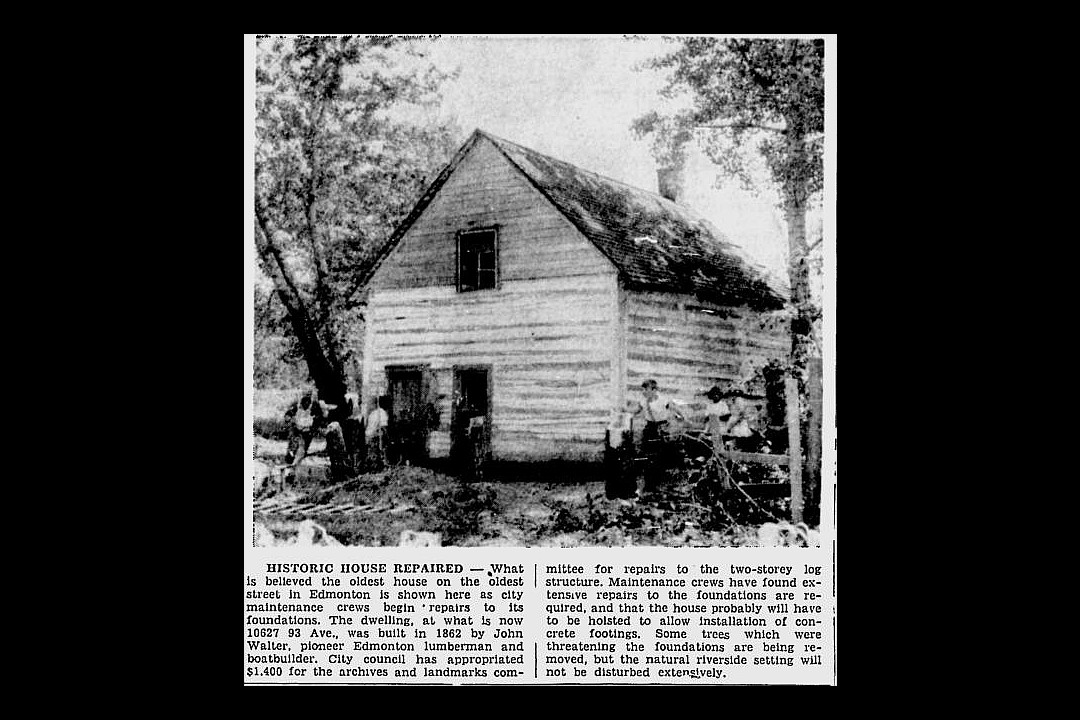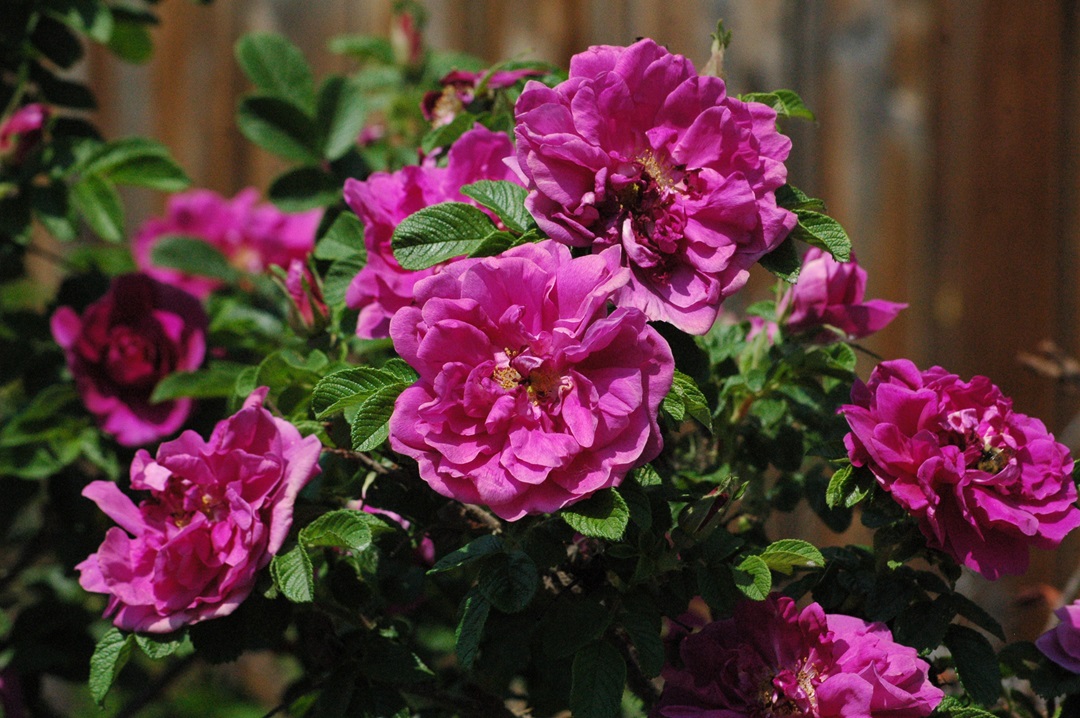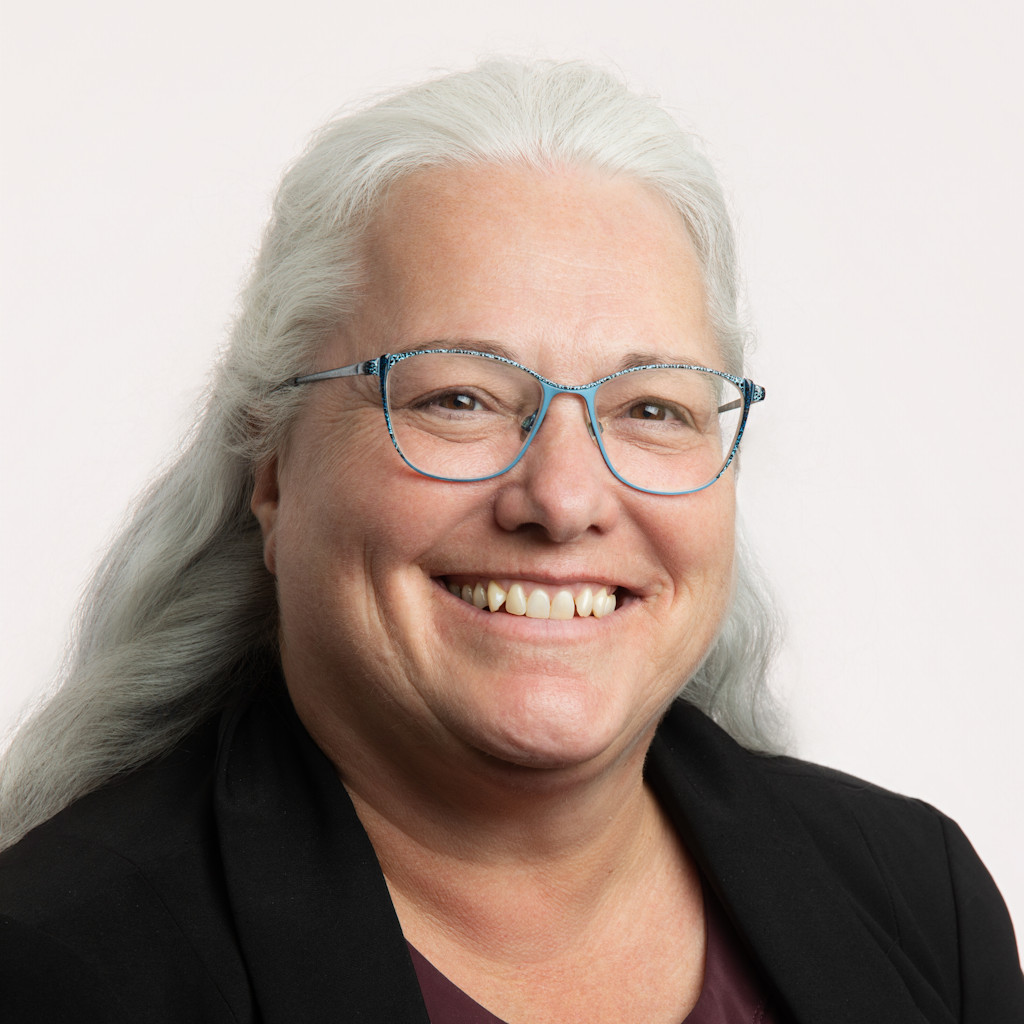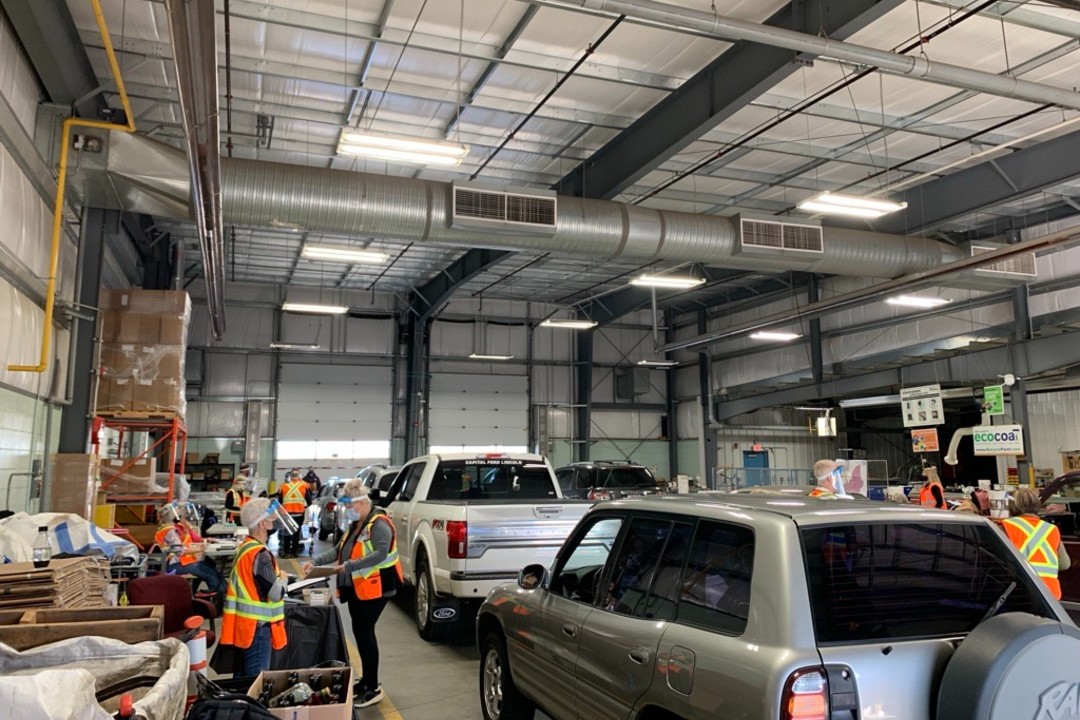
Election oddities in 2025: Drive-thru votes in Strathcona County, no mayoral vote in Leduc County
Though all municipalities must follow Alberta's Local Authorities Election Act for the upcoming elections on Oct. 20, they all have options within those rules to put their own spin on things.
As part of Taproot's ongoing coverage of this year's elections, here are a few election quirks from across the region — from ideas to drive advance voting to the strange ways some choose their mayors. We also checked in with each to see how it will work around new provincial rules that ban electronic vote tabulator machines. Many municipalities in the region recently told Taproot that they project higher costs and slower results in 2025.
1. Drive-thru democracy in Strathcona County
Strathcona County, the second-largest municipality in the region, will offer voters an advance polling station at a drive-thru window in the upcoming election, a spokesperson told Taproot. The station will be open on Oct. 6, 7, 8, 13, 14, and 15 from 10am to 6pm at the Broadview Enviroservice Station in Sherwood Park. The county said this option helps people with mobility challenges, parents, and seniors, among others, cast a ballot.
The county piloted the drive-thru voting station in 2021. A county spokesperson said this station was at capacity during the hours it ran, and that some people waited in their vehicles up to three hours to vote at the station.
Advance voting is a priority in the county. That could help speed up the manual vote count imposed by the new provincial rules that ban electronic vote tabulation machines, the county said. Strathcona County estimates that it will count as many as 100,000 ballots in 2025 because it has ballots for councillors, mayor, and both Elk Island school districts. The spokesperson said the county will have 183 hours of advance voting this year and that its goal is to complete the count by midnight on the night of the election.
2. No mayoral vote for voters in Leduc
Leduc County is the only municipality in the Edmonton region where citizens don't elect their mayor. Instead, the process the municipality uses is that voters elect their council, and then this council acclaims someone elected to council to be mayor. Also odd, when compared to many municipalities, are the mayoral terms in Leduc County, at just one year. Still, mayors do stick around. Current Mayor Tanni Doblanko was reappointed for an eighth mayoral term in 2024. Doblanko has been on council since 2013.
How can Leduc County do this? Cities and towns in Alberta are allowed to choose mayors by council acclamation if council passes a bylaw about the process; villages, summer villages, and municipal districts, meanwhile, may appoint mayors without an equivalent bylaw. Chief elected officials in Alberta can be a mayor, reeve, or an improvement district chairperson. The latter is an outlier that only applies to improvement districts, and the position is appointed by the province.
When it comes to votes in 2025, Leduc County has always counted its ballots by hand, meaning nothing will change this time around.




